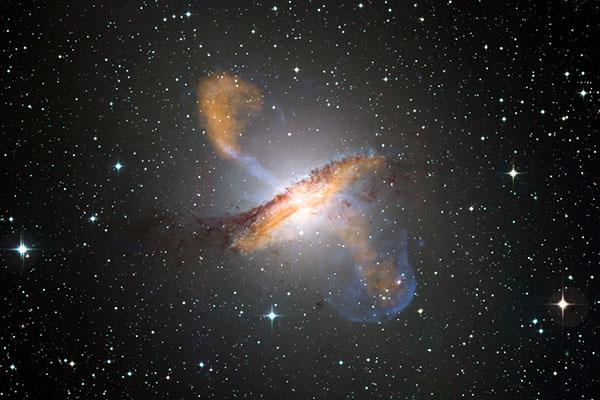
The Many Diverse Manifestations of Supermassive Black-hole Feedback
Feedback from super massive black holes (SMBHs) is commonly invoked in state-of-the-art large-scale cosmological galaxy simulations to halt star formation in massive galaxies. In fact, no other mechanism so far has been shown to be capable of returning entire populations of simulated massive quenched galaxies that are consistent with the observed galaxy red sequence and quenched fractions. In this talk, I will show how the IllustrisTNG cosmological simulations of galaxies allow us to gain insights and testable predictions on the manifestations of these energetic phenomena. With IllustrisTNG, with one unique set of physical ingredients, we simultaneously resolve and model the inner structural details of thousands of galaxies across five orders of magnitude in stellar mass, across environments, and together with the evolution and dynamics of the inter-stellar, circum-galactic and inter-galactic media. We are putting together ever more quantitative and plausible evidences as to the role that feedback from SMBH can have, not only in shaping galaxy structural properties and galaxy populations across 90 per cent of the Universe’s history, but also in regulating the thermodynamical, ionization, and metal enrichment properties of the cosmic gas across halo scales and beyond. In particular, I will show how IllustrisTNG predicts that X-ray emitting bubbles that resemble the eROSITA and Fermi bubbles observed at the center of our Galaxy may be ubiquitous in disk-like, Milky Way or Andromeda-mass galaxies. I will discuss how such features could be detected via stacking because of the anisotropic imprints that SMBH feedback leave in the circum-galactic media around galaxies. And I will show how this phenomenology is overall consistent with a novel result we have found in SDSS data, which we call anisotropic satellite quenching.
